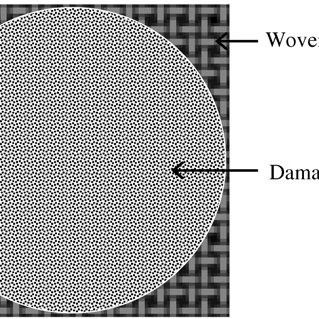
Breaking News
 Silver up over $2.26... Today! $71.24 (and Gold close to $4500)
Silver up over $2.26... Today! $71.24 (and Gold close to $4500)
 GARLAND FAVORITO: More and more fraud from the 2020 election in Fulton County, Georgia...
GARLAND FAVORITO: More and more fraud from the 2020 election in Fulton County, Georgia...
 Rep. Matt Gaetz tells Tucker Carlson that agents of the Israeli govt tried to blackmail his...
Rep. Matt Gaetz tells Tucker Carlson that agents of the Israeli govt tried to blackmail his...
 Trump: We need Greenland for national security… you have Russian and Chinese ships all over...
Trump: We need Greenland for national security… you have Russian and Chinese ships all over...
Top Tech News
 Travel gadget promises to dry and iron your clothes – totally hands-free
Travel gadget promises to dry and iron your clothes – totally hands-free
 Perfect Aircrete, Kitchen Ingredients.
Perfect Aircrete, Kitchen Ingredients.
 Futuristic pixel-raising display lets you feel what's onscreen
Futuristic pixel-raising display lets you feel what's onscreen
 Cutting-Edge Facility Generates Pure Water and Hydrogen Fuel from Seawater for Mere Pennies
Cutting-Edge Facility Generates Pure Water and Hydrogen Fuel from Seawater for Mere Pennies
 This tiny dev board is packed with features for ambitious makers
This tiny dev board is packed with features for ambitious makers
 Scientists Discover Gel to Regrow Tooth Enamel
Scientists Discover Gel to Regrow Tooth Enamel
 Vitamin C and Dandelion Root Killing Cancer Cells -- as Former CDC Director Calls for COVID-19...
Vitamin C and Dandelion Root Killing Cancer Cells -- as Former CDC Director Calls for COVID-19...
 Galactic Brain: US firm plans space-based data centers, power grid to challenge China
Galactic Brain: US firm plans space-based data centers, power grid to challenge China
 A microbial cleanup for glyphosate just earned a patent. Here's why that matters
A microbial cleanup for glyphosate just earned a patent. Here's why that matters
 Japan Breaks Internet Speed Record with 5 Million Times Faster Data Transfer
Japan Breaks Internet Speed Record with 5 Million Times Faster Data Transfer
Lightweight armor material made of nanotube mats outperforms Kevlar

Engineers at the University of Wisconsin–Madison have now forged a new type of ultralight armor material described as a "nanofiber mat," which features a unique chemistry that enables it to outperform Kevlar and steel.
The basis for this new form of armor are tiny cylinders of carbon with the thickness of a single atom. Called carbon nanotubes, these have shown promise as next-generation materials for everything from transistor research, to treating vision loss, to bomb detection devices.
In adapting carbon nanotubes for use in armor materials, the authors of this new study took multi-walled versions of them and combined them with Kevlar nanofibers. The idea was to build on earlier research demonstrating the potential of these materials in absorbing impacts, to see if they couldn't be fashioned into an even more functional armor solution.
"Nano-fibrous materials are very attractive for protective applications because nanoscale fibers have outstanding strength, toughness, and stiffness compared to macroscale fibers," said Ramathasan Thevamaran, who led the research. "Carbon nanotube mats have shown the best energy absorption so far, and we wanted to see if we could further improve their performance."
To do so, the scientists tinkered with the chemistry until they landed on the winning recipe. They synthesized Kevlar nanofibers and incorporated just a small amount of them into "mats" made up of carbon nanotubes, with just the right ratio of both, which led to the production of hydrogen bonds between the fibers. The result of these bonds was a dramatic leap in performance.



